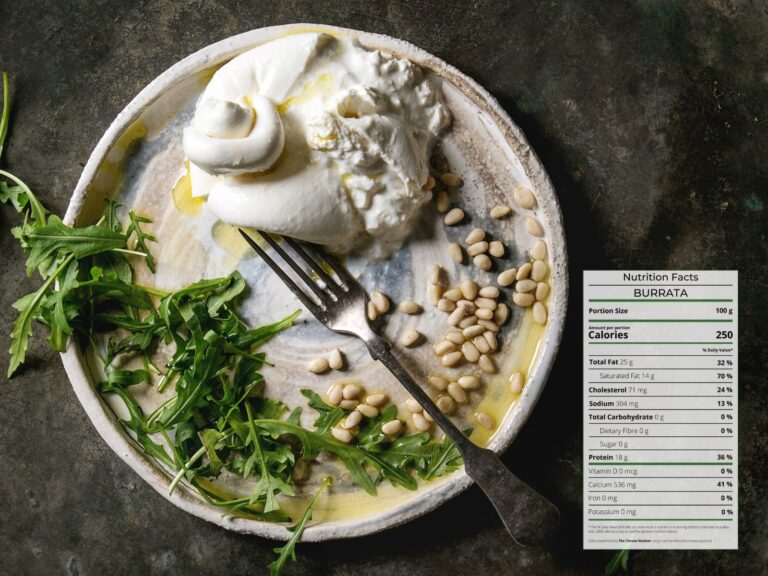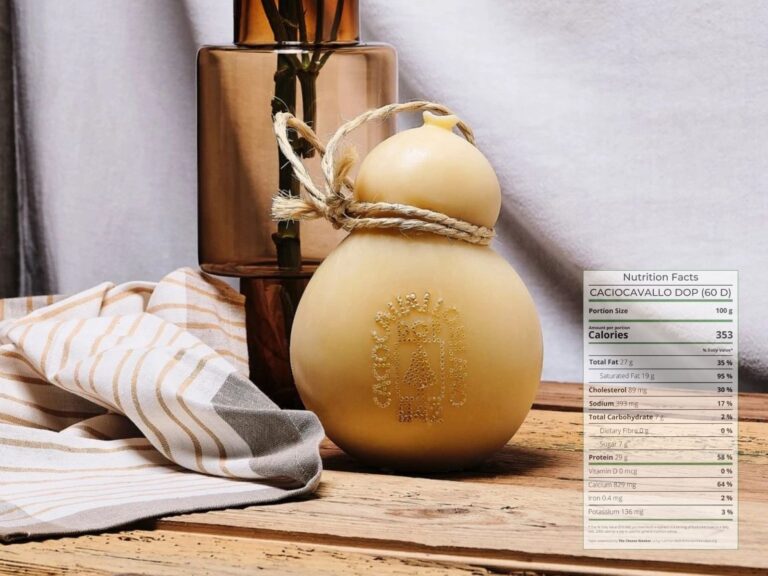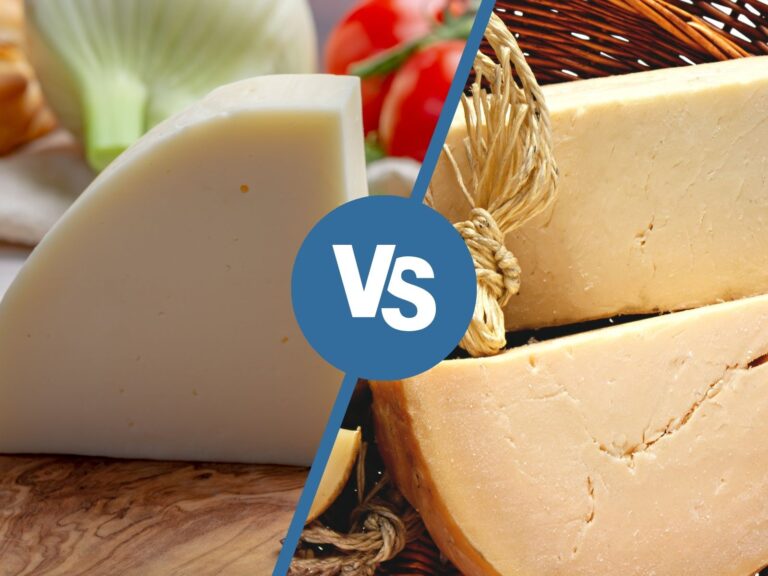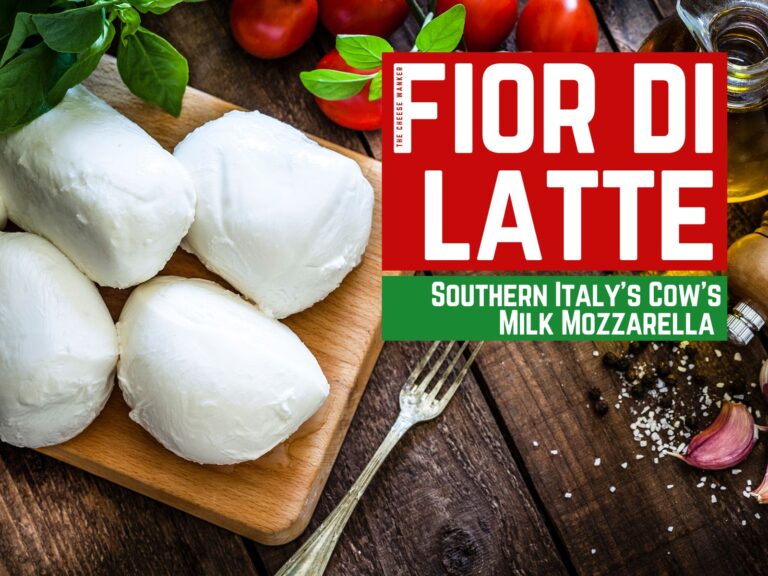Burrata is a social media phenomenon. In fact, over the last year, it has been plastered all over the internet in all of its glory. But, what is Burrata? Read on to learn about its origins, how it is made, what it tastes like and, of course, how best to eat it! Don’t fancy reading? You can watch our YouTube video below instead.
SEE ALSO: Learn the difference between String Cheese and Mozzarella →
The complete degustation experience
Burrata is a cow’s milk cheese that originates from southern Italy. This unique fresh cheese marries contrasting textures to perfection to create a complete degustation experience. Effectively, it has a delicate skin wrapped around fresh, creamy and buttery insides.
When you cut this gorgeous cheese open, you release its rich, decadent insides.
Where does Burrata come from?
Actually, the origins of this decadent cheese can be traced back to the early 1900’s in southern Italy. Indeed, cheesemakers in Puglia invented this unique cheese as a means to use leftover scraps of Mozzarella.
As a matter of fact, Burrata gets its name from the Italian word burro. Unsurprisingly, burro means butter and is a testament to the buttery texture of this cheese.
Difference between Burrata and Mozzarella
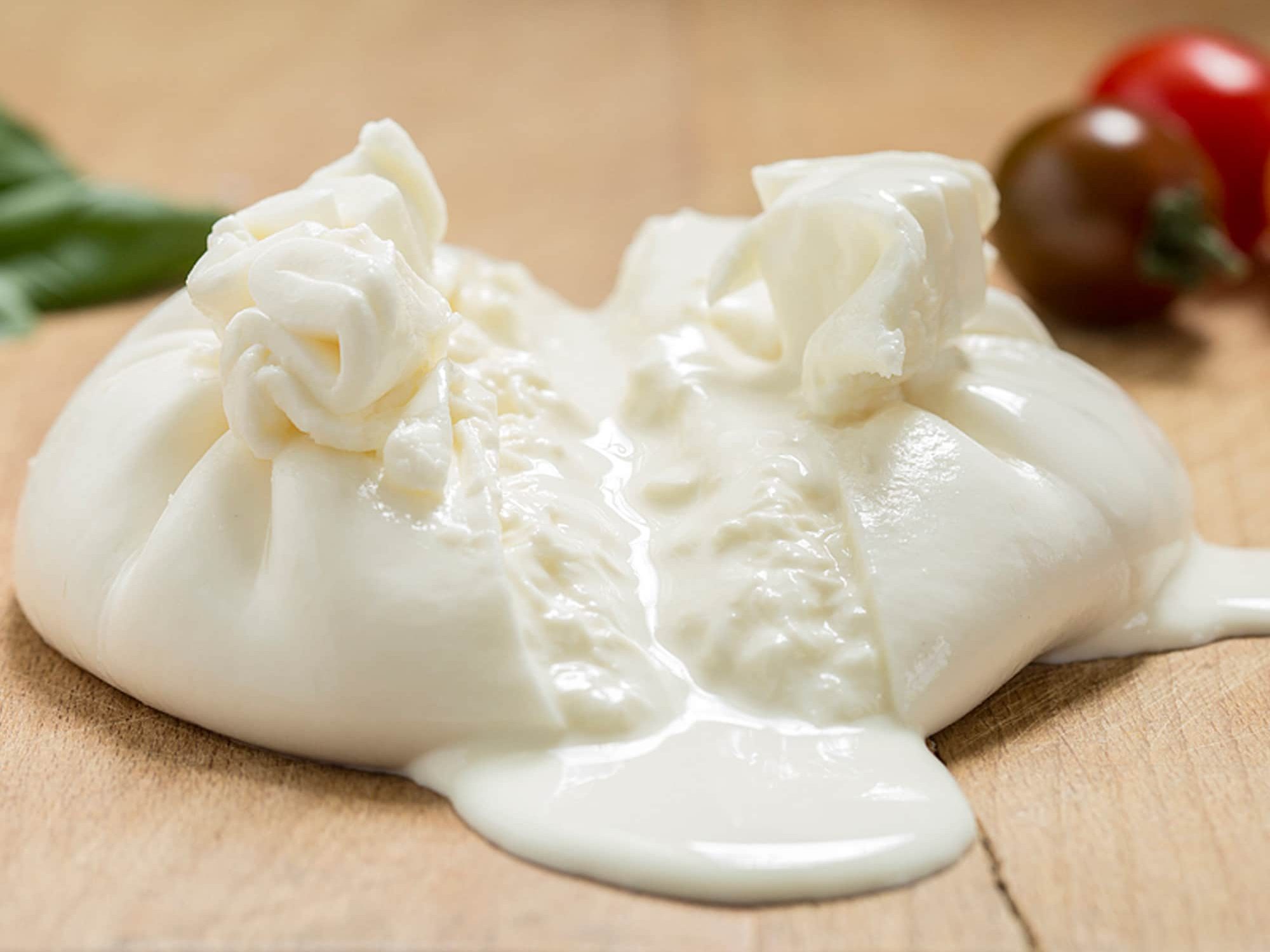
So, we’ve already mentioned that cheesemakers used to make Burrata with Mozzarella scraps. But, what is actually the difference between the two cheeses?
While Mozzarella is a solid and elastic ball of stretched curd, Burrata has a much looser texture contained inside a Mozzarella skin. Actually, the inside of Burrata consists of small soft cheese strings called stracciatella and cream.
How to make Burrata
When making the cheese, there are quite a few similarities. Firstly, it all starts with rennet and fresh milk being cooked together. This forms cheese curds that separate from the liquid (whey). Through kneading and stretching, the curds become elastic. This process is traditionally known as pasta filata.
To make Mozzarella, the cheesemaker stretches the curd to form a small round ball. The balls are then stored in a brine solution to keep them fresh.
On the other hand, to make Burrata, the cheesemaker adds fresh cream to the soft curds. The mixture is then placed inside a flattened piece of Mozzarella. Subsequently, the Mozzarella “skin” is folded over the curds and tied shut with a knot into a ball shape.
What does Burrata taste like?
Overall, its flavour is quite similar to that of Mozzarella. On the palate, you will detect a fresh, milky taste with a rich and buttery finish.
The real difference lies in the texture. While Mozzarella is dense and bouncy, Burrata has a much richer texture and a subtle chewiness that comes from the stracciatella.
How to store it
Without a doubt, Burrata is best served fresh, within a couple hours after it has been made. Traditionally, cheesemakers package the cheese in an airtight container, covered in water.
It is imperative that you keep the cheese in its original container, in your fridge, until you are ready to serve it. Moreover, you should ensure that you consume your little bundle of joy at most within five days of purchasing.
How to serve Burrata
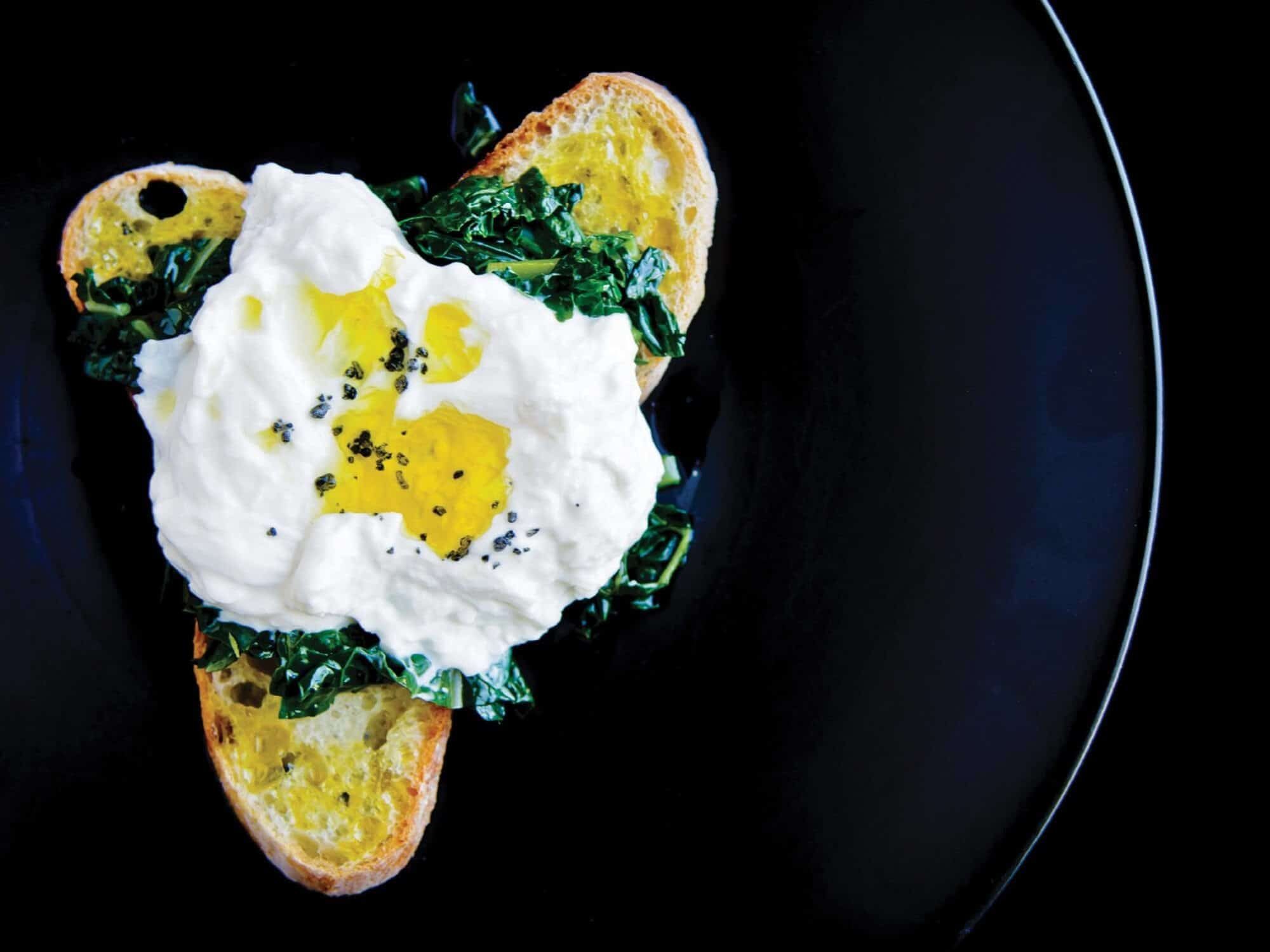
Undoubtedly, Burrata is best served fresh, on its own with a side of olive oil and crusty bread. However, if you’re feeling a little bit more adventurous, it is also a great addition to a fresh Caprese salad, a range of pasta dishes and even a wood-fired pizza.
Substitutes for Burrata
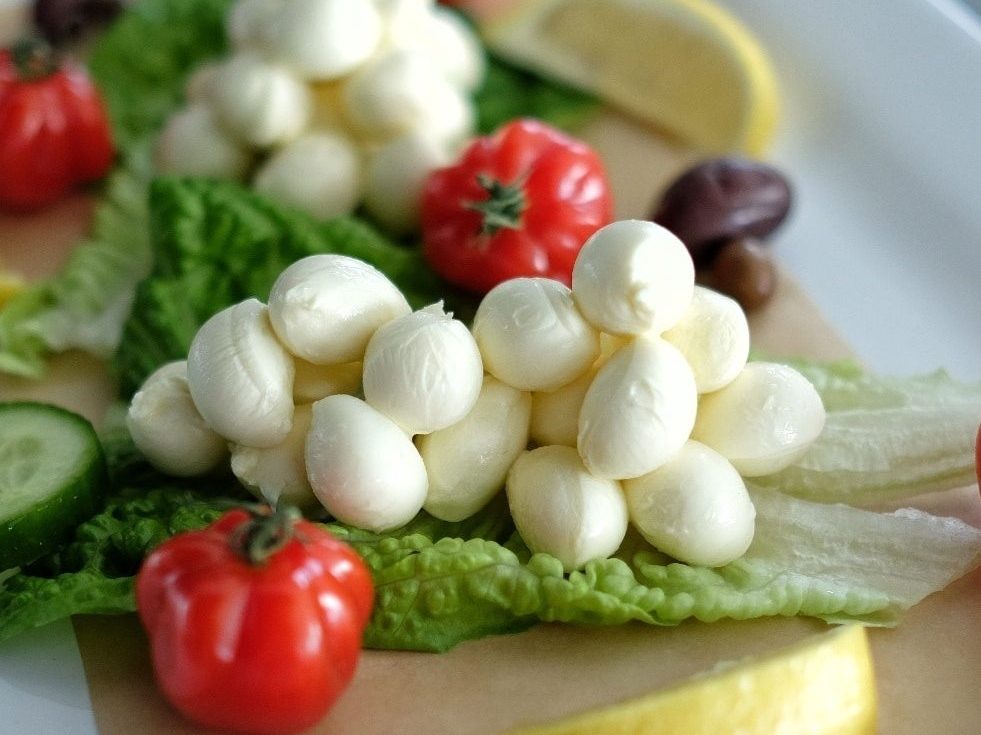
If you are unable to get your hands on Burrata, there a couple of fresh Italian cheeses that are worthy alternatives.
Unsurprisingly, Buffalo Mozzarella can replace Burrata in most recipes. Its fresh, mild and creamy flavour means that it can slot right in.
Also, the smaller Bocconcini is basically a young Mozzarella with a very similar flavour and texture. Due to its bite-size dimensions, it is an excellent addition to a cheese plate or a salad.
From your local Italian deli
Now that you know what Burrata is, you can start hunting for it at your local Italian deli or cheese shop.
What’s your favourite way to eat Burrata? Drop us a comment below.
